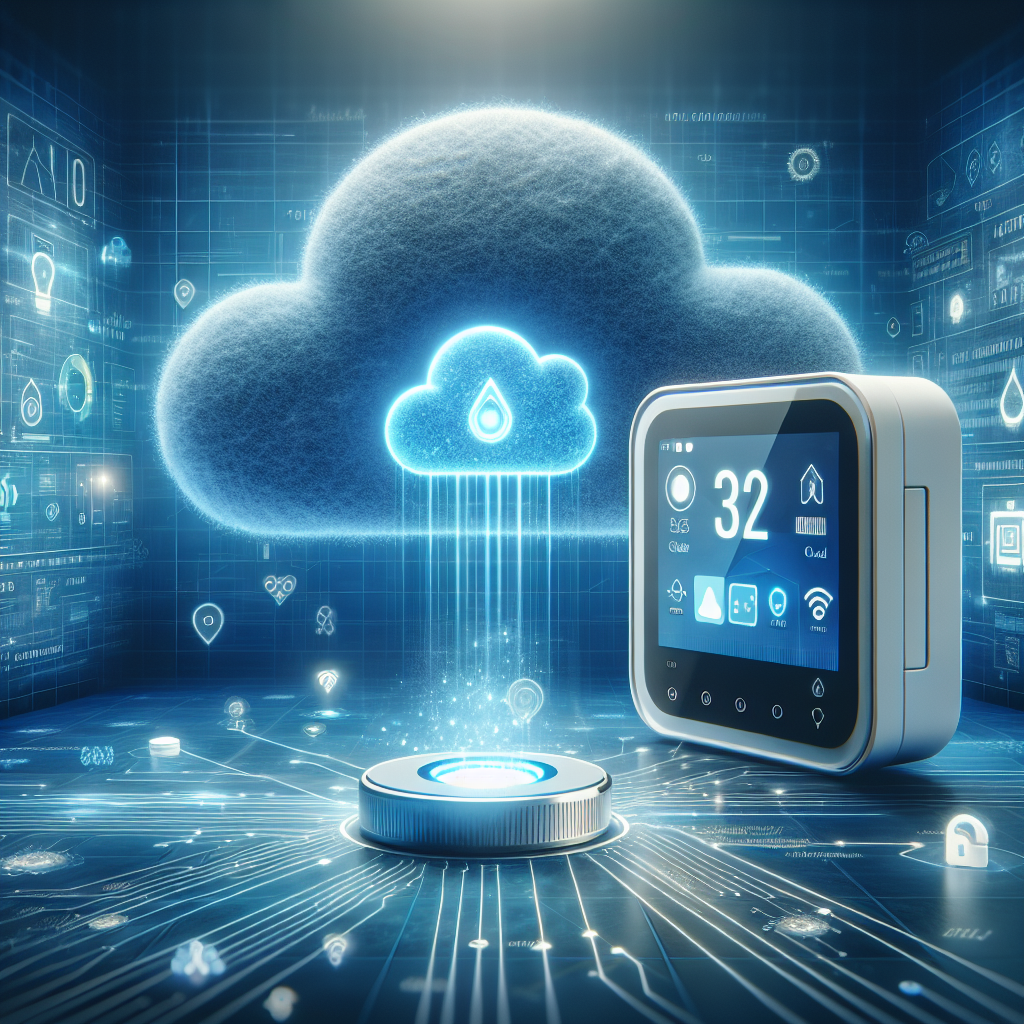In the realm of Internet of Things (IoT), the challenge of managing communication between the cloud and a multitude of smart devices is ever-present. Picture this scenario: you’re tasked with sending crucial updates to a vast array of devices, but many are offline or facing network disruptions. How do you ensure the seamless delivery of these vital messages?
Enter the Azure IoT Hub, offering a trio of pivotal cloud-to-device communication methods: C2D messages, direct methods, and desired properties within the device twin. These mechanisms cater to distinct use cases, playing a vital role in crafting robust and scalable IoT solutions. Understanding the nuances of when to deploy each method is key to fortifying the foundation of reliable IoT systems.
Let’s delve into these communication methods to grasp their unique functionalities and the scenarios where they shine brightest.
C2D Messages:
C2D (Cloud-to-Device) messages serve as a fundamental means of communication, enabling cloud applications to send messages to IoT devices. This method is ideal for scenarios requiring one-way communication, such as sending commands or notifications to devices. For instance, sending a command to adjust the temperature of a smart thermostat would be efficiently executed using C2D messages.
Direct Methods:
Direct methods facilitate two-way communication between the cloud and devices, allowing cloud applications to invoke methods on IoT devices. This method is particularly useful for scenarios demanding immediate device actions or responses. For instance, triggering a firmware update on a fleet of smart cameras in response to a security threat can be seamlessly achieved using direct methods.
Desired Properties in the Device Twin:
Desired properties in the device twin introduce a mechanism for cloud applications to define the desired state of IoT devices. This method is instrumental in scenarios requiring synchronization of device states, configuration updates, or firmware deployments. For example, ensuring all smart locks are updated with the latest access control policies can be efficiently managed through desired properties in the device twin.
By strategically leveraging these communication methods within the Azure IoT Hub, organizations can architect resilient IoT solutions tailored to their specific requirements. The ability to discern the most suitable method for each use case empowers developers to construct scalable, secure, and efficient IoT ecosystems.
In conclusion, mastering the art of selecting and implementing cloud-to-device communication methods is pivotal in navigating the intricate landscape of IoT deployments. With the diverse capabilities offered by C2D messages, direct methods, and desired properties in the device twin, organizations can orchestrate seamless interactions between the cloud and a myriad of smart devices, fostering innovation and efficiency in the realm of IoT.

